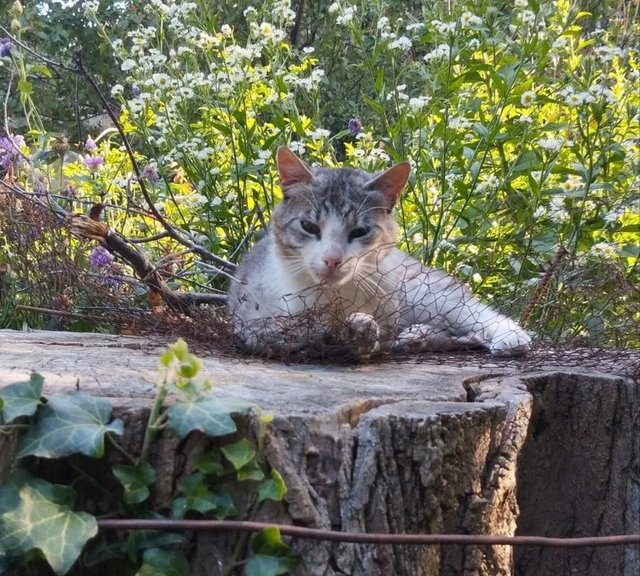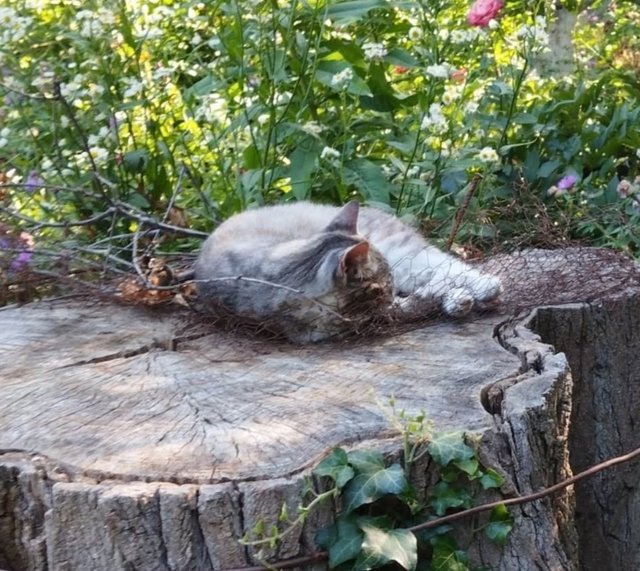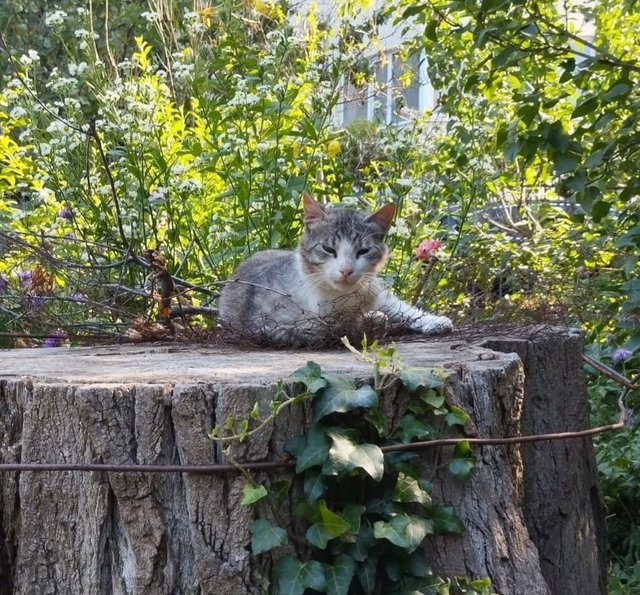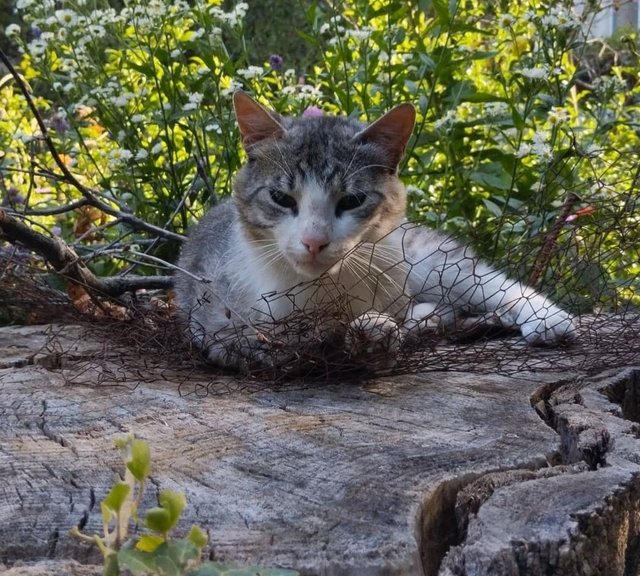So Cute European Shorthair Cat
European Shorthair: The Elegant Everycat of Europe
The European Shorthair, often affectionately called "Europe's native cat," is a breed that exudes charm, resilience, and a deep connection to the continent's rich cultural history. Often overshadowed by more flamboyant breeds, the European Shorthair is a feline gem—natural, adaptable, and brimming with character. With origins deeply rooted in ancient Roman times, this breed has evolved not through selective breeding but via centuries of natural selection, resulting in a healthy, robust, and versatile companion.
Origins and Historical Background
The European Shorthair is one of the oldest and most authentic domestic cat breeds in Europe. Its ancestry traces back to the cats brought by the Romans, who used them to control vermin populations in granaries and ships. These cats dispersed across the continent and adapted to various climates and conditions, eventually becoming the common domestic cat seen in European households and farms for centuries.
Despite being so deeply ingrained in European life, the European Shorthair was not officially recognized as a distinct breed until relatively recently. In 1982, the Fédération Internationale Féline granted the breed formal recognition. This was an important move to distinguish the naturally evolved European Shorthair from other similar-looking breeds like the British Shorthair and the American Shorthair, which were shaped more extensively by human-directed breeding programs.
Physical Characteristics
The European Shorthair is often described as the "ideal domestic cat" in terms of appearance. It embodies a balanced, athletic physique—neither overly delicate nor overly robust. It typically has:
Body: Medium to large size with a muscular, well-proportioned frame.
Head: Rounded yet slightly longer than wide, with well-developed cheeks and a gentle curve to the forehead.
Eyes: Large, expressive, and round, ranging in color depending on coat.
Ears: Medium-sized and set well apart, with slightly rounded tips.
Coat: Short, dense, and glossy, lying close to the body. The texture is resilient and easy to maintain.
Coloration: One of the most diverse aspects of the breed. Almost all natural colors and patterns are accepted, including tabby, solid, bicolor, and more.




%20(8).jpeg)